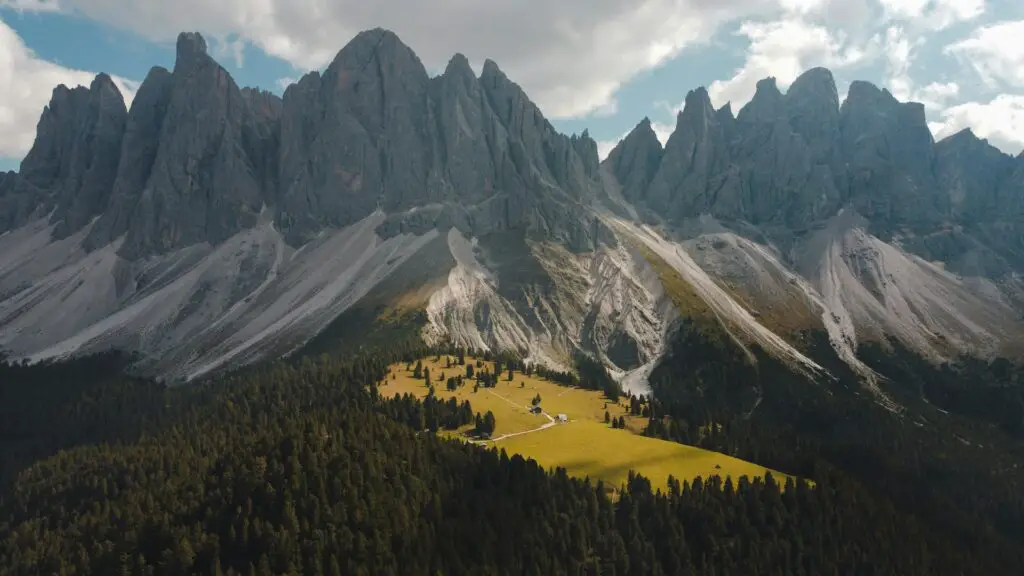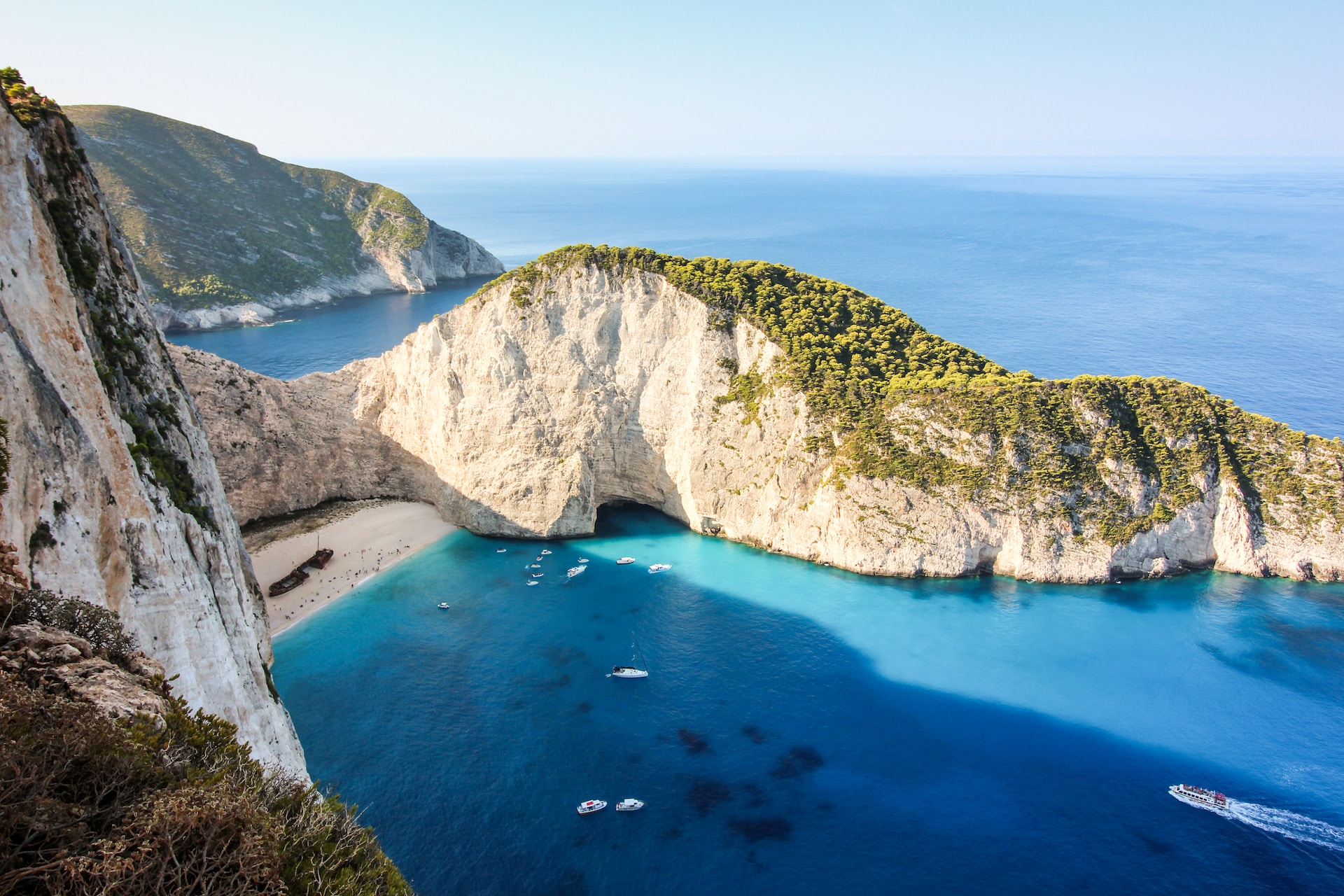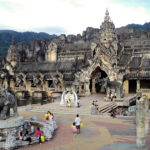The Italian Dolomites, a range of the Southern Limestone Alps located in northeastern Italy, offer some of the most breathtaking landscapes in Europe. Renowned for their jagged peaks, lush valleys, and picturesque alpine lakes, the Dolomites are a paradise for hikers and nature enthusiasts. From leisurely walks to challenging treks, this region offers a wide array of day hikes suitable for all levels of experience. Here are the 20 best day hikes in the Italian Dolomites, each promising an unforgettable adventure amidst stunning natural beauty.
Tre Cime di Lavaredo Loop: This classic hike circles the iconic Tre Cime di Lavaredo, three massive rock towers. It’s relatively easy and offers spectacular views of the Dolomites.
Seceda to Rifugio Firenze: This scenic hike offers panoramic views and passes through beautiful meadows. The hike starts with a cable car ride to Seceda and ends at the Rifugio Firenze.
Alpe di Siusi: This is Europe’s largest high-altitude alpine meadow, offering gentle trails with views of the Sasso Lungo and Sasso Piatto peaks.
Lago di Braies Circuit: This easy hike circles the stunning Lago di Braies, known for its crystal-clear waters and the backdrop of rugged cliffs.
Sentiero Viel del Pan: This historic path offers incredible views of the Marmolada, the Dolomites’ highest peak, and passes by beautiful alpine lakes.
Lago di Sorapiss: A moderately challenging hike leading to the strikingly blue Sorapiss Lake, surrounded by steep mountain cliffs.
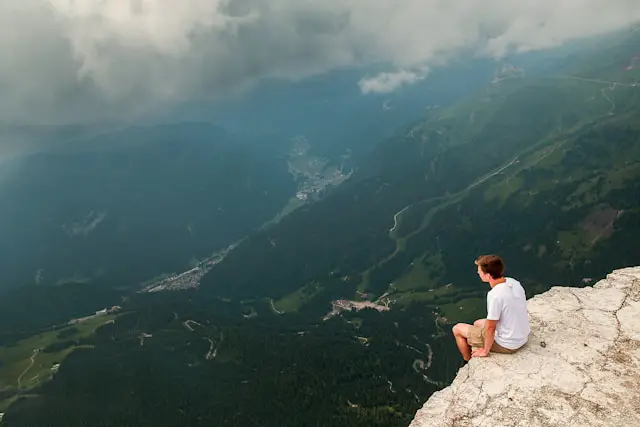
Val di Funes: Known for its picturesque views of the Odle Mountains, this valley offers various trails ranging from easy to moderate.
Bindelweg/Viel dal Pan: This panoramic path offers stunning views of the Marmolada glacier and is suitable for all skill levels.
Rifugio Lagazuoi: Hike up to one of the highest huts in the Dolomites, with captivating 360-degree views of the surrounding mountains.
Puez-Odle Altopiano: This hike takes you through the Puez-Odle Natural Park, featuring diverse landscapes and incredible rock formations.
Monte Paterno: A more challenging hike that offers close-up views of the Tre Cime and other peaks, suitable for experienced hikers.
Passo Giau to Cinque Torri: This hike offers a mix of history and nature, passing by World War I sites and the famous Cinque Torri rock formations.
Rifugio Fanes: Located in the Fanes-Sennes-Braies Natural Park, this hike takes you through a variety of landscapes, including meadows and rocky terrain.
Sassolungo Circuit: A challenging hike that circles the massive Sassolungo massif, offering stunning views of the surrounding peaks.
Lago Federa and Croda da Lago: This hike leads to a beautiful mountain lake with the Croda da Lago massif as a backdrop.
Baita Segantini Loop: Known for its stunning views of the Pale di San Martino, this hike is relatively easy and ideal for photography enthusiasts.
Alta Via 1 Sections: While the Alta Via 1 is a multi-day trek, certain sections can be hiked in a day, offering a taste of this famous trail.
Rosengarten Group: This area offers various trails with views of the Catinaccio massif and the Vajolet Towers.
Lago di Carezza: A short and easy hike perfect for families, leading to the beautiful, emerald-colored Carezza Lake.
Rifugio Tuckett e Sella: This hike in the Brenta Dolomites combines lush forests, rocky terrain, and a spectacular high-mountain environment.
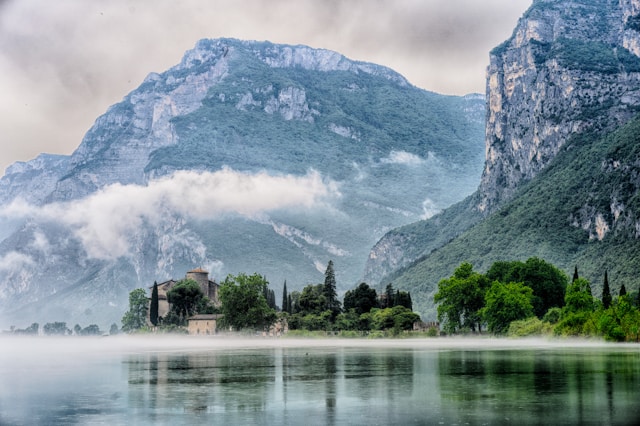
Each of these hikes presents a unique way to experience the majesty of the Dolomites. Whether you’re seeking a leisurely stroll or a challenging trek, the Dolomites offer a variety of landscapes and experiences that cater to every type of hiker. Remember to respect the natural environment, stay on designated trails, and be prepared for changing weather conditions. With proper planning and respect for nature, hiking in the Dolomites can be an immensely rewarding experience, offering memories that will last a lifetime.
Exploring the Italian Dolomites can be an extraordinary experience, but it’s essential to hike smartly and safely. Here are some valuable hiking tips to help you make the most of your adventures in this spectacular region:
Plan Your Route in Advance: Research the trails you intend to hike. Consider the difficulty level, distance, elevation gain, and estimated time to complete the hike. Always have a map, even if you have a GPS device.
Check Weather Forecasts: Mountain weather can be unpredictable. Check the forecast and be prepared for sudden changes in weather conditions.
Start Early: To make the most of daylight hours and avoid afternoon thunderstorms common in the mountains, start your hike early in the morning.
Dress Appropriately: Wear layers that you can add or remove as needed. The weather can change rapidly in the mountains, so be prepared for both warm and cold conditions. Good hiking boots are essential for rocky and uneven terrain.
Stay Hydrated and Energized: Bring plenty of water and snacks like energy bars, nuts, and fruit. Eating small amounts regularly throughout the hike helps maintain energy levels.
Respect the Environment: Stay on marked trails to protect the fragile alpine ecosystem. Take all your garbage with you, and don’t disturb wildlife or damage plants.
Know Your Limits: Be honest about your physical condition and skill level. Don’t push yourself beyond your limits, and be willing to turn back if necessary.
Use Trekking Poles: They can help maintain balance on uneven terrain and reduce stress on your knees, especially during descents.
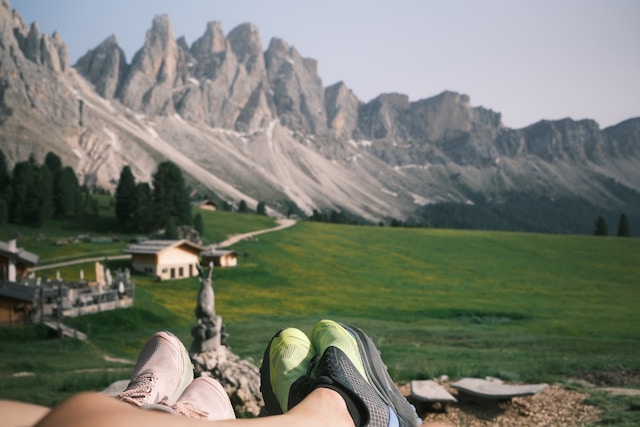
Be Prepared for Emergencies: Carry a basic first-aid kit, a whistle, a flashlight or headlamp, and a multi-tool. It’s also wise to inform someone of your hiking plan and expected return time.
Consider Altitude: Some hikes in the Dolomites may reach considerable altitudes. Be aware of altitude sickness symptoms and ascend gradually if possible.
Be Cautious with Wildlife: If you encounter wildlife, keep a safe distance, and do not attempt to feed or touch the animals.
Take Breaks: Regular breaks help to maintain your energy and enjoy the scenery. Find a comfortable spot with a view and rest for a few minutes.
Understand Trail Markings: Familiarize yourself with the local trail marking system. In the Dolomites, trails are usually well-marked with numbers and colors.
Respect Local Rules and Regulations: Follow any specific rules set by the park or local authorities, including fire regulations and camping restrictions.
Consider a Guide for Difficult Routes: If you’re attempting a particularly challenging or unfamiliar trail, consider hiring a local guide who knows the area well.
Remember, hiking in the Dolomites isn’t just about reaching a destination; it’s about enjoying the journey, the stunning landscapes, and the unique alpine environment. Take your time, breathe in the fresh mountain air, and cherish the experience.
Frequently Asked Questions About Hiking in the Italian Dolomites
Do I need any special permits to hike in the Dolomites?
Generally, you do not need special permits for day hikes in the Dolomites. However, if you plan to camp or stay in mountain refuges, reservations are recommended, and fees may apply.
What is the best time of year to hike in the Dolomites?
The ideal time for hiking in the Dolomites is from late June to early September, when the weather is usually stable and warm. Snow can linger on higher trails until early July, and by late September, the weather can become unpredictable.
Are the trails in the Dolomites suitable for beginners?
Many trails in the Dolomites are suitable for beginners, including some spectacular scenic routes. However, it’s important to choose trails that match your fitness level and hiking experience.
Is it safe to hike alone in the Dolomites?
While many people do hike alone, it’s generally safer to hike with a companion, especially on less traveled routes. If hiking alone, make sure to inform someone about your itinerary and expected return time.
What should I do if I encounter bad weather?
If you encounter bad weather, especially thunderstorms, it’s best to descend to lower altitudes and seek shelter. Avoid exposed ridges and peaks during lightning storms.
Can I drink water from streams in the Dolomites?
Mountain streams in the Dolomites often have clean water, but it’s advisable to carry a water filter or purification tablets as a precaution, especially in areas frequented by livestock.
Are there guided tours available?
Yes, there are numerous guided tour options available in the Dolomites, ranging from day hikes to multi-day treks. Guides can provide valuable insights into the local geography, flora, and fauna.
What wildlife might I see in the Dolomites?
The Dolomites are home to a variety of wildlife, including deer, chamois, marmots, and a wide range of bird species. Encounters with larger wildlife like bears are rare.
How difficult is it to find accommodation near the hiking trails?
There are many accommodation options near popular hiking areas, from hotels and B&Bs to mountain huts (rifugios). It’s advisable to book in advance, especially during the peak summer months.
What should I pack for a day hike in the Dolomites?
Essentials include weather-appropriate clothing, sturdy hiking boots, a map and compass or GPS, water, snacks, a first-aid kit, sun protection, and a headlamp or flashlight. Consider also a rain jacket and extra layers for changing conditions.
Are there any specific cultural or historical sites to see while hiking?
Yes, the Dolomites are rich in history, including World War I sites and ancient trails. The region also has unique cultural offerings, like traditional Ladin communities, with distinctive language, cuisine, and architecture.
Is it necessary to speak Italian or German in the Dolomites?
While Italian and German are widely spoken, many people in the tourism industry speak English. However, learning a few basic phrases in Italian or German can enhance your experience.
Remember, every hike and every hiker is different. It’s important to be prepared, respect the environment, and enjoy the incredible experiences that hiking in the Dolomites has to offer.
